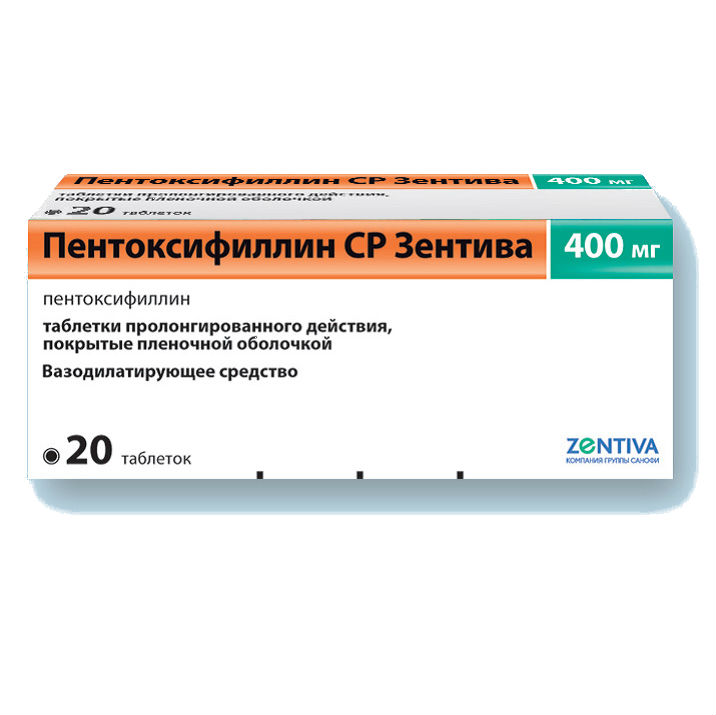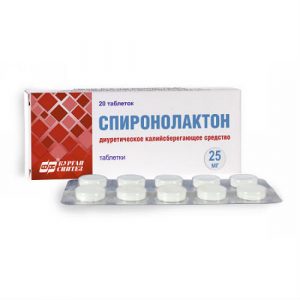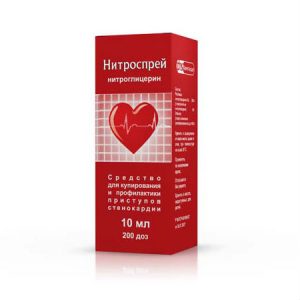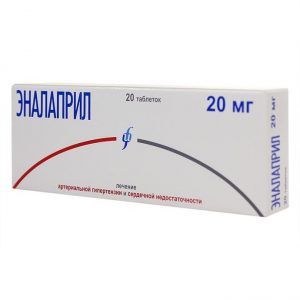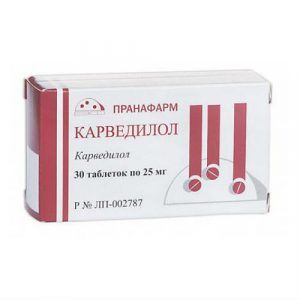Description
Pharmacological action of
Pentoxifylline improves microcirculation and rheological properties of blood.
The mechanism of action is associated with inhibition of the phosphodiesterase enzyme and an increase in the content of cyclic adenosine monophosphate (cAMP) in platelets and adenosine triphosphate (ATP) in erythrocytes with simultaneous saturation of the energy potential, which in turn leads to vasodilation, a decrease in total peripheral vascular resistance (vascular resistance) and minute blood volume without significant changes in heart rate (HR).
Pentoxifylline reduces blood viscosity, increases the elasticity of the erythrocyte membrane (due to the effect on the pathologically altered deformability of red blood cells), reduces the aggregation of red blood cells, platelets and neutrophils, reduces the fibrinogen content in the blood, reduces the adhesion of leukocytes to the vascular endothelium, reduces the stimulation of leukocytes and, as a result, the destruction of the endothelium.
Improves microcirculation in areas of poor circulation. In case of occlusion diseases of peripheral arteries (intermittent claudication), it leads to lengthening of the walking distance, elimination of night cramps of calf muscles and pains at rest.
Indications
– Occlusive peripheral arterial disease of atherosclerotic or diabetic origin (eg, intermittent claudication, diabetic angiopathy).
– Cerebrovascular disease (consequences of cerebral atherosclerosis, such as impaired concentration, dizziness, memory impairment), ischemic and post-stroke conditions.
– Trophic tissue disorders due to a violation of arterial or venous microcirculation (trophic ulcers, post-thrombophlebitis syndrome, frostbite, gangrene).
– Circulatory disorders in the vessels of the eye (acute and chronic circulatory failure in the retina or choroid of the eye).
– dysfunction of the middle ear of vascular origin, accompanied by hearing loss.
Contraindications
– Hypersensitivity to pentoxifylline, other methylxanthine derivatives or other components that make up the drug.
– Acute myocardial infarction.
– Massive bleeding (risk of increased bleeding).
– Retinal hemorrhage (risk of increased bleeding).
– Acute hemorrhagic stroke.
– Pregnancy.
– The period of breastfeeding.
– Age under 18 years of age (efficacy and safety not established).
Caution:
Use with caution in patients with a marked decrease in blood pressure (BP) (risk of a further decrease in blood pressure) and hemodynamically significant cardiac arrhythmias of chronic heart failure (CHF), severe hepatic impairment (risk of cumulation and increased risk of side effects), renal impairment ( creatinine clearance (CC) less than 30 ml / min) (risk of cumulation and increased risk of side effects) of gastric ulcer and duodenal ulcer with an increased tendency to cro coaxiality for example as a result of the use of indirect anticoagulants [vitamin K antagonists] or with disorders in the blood coagulation system (risk of developing more severe bleeding) after a recent surgery (risk of bleeding) with proliferative diabetic retinopathy.
Caution should be exercised with the simultaneous use of the drug pentoxifylline with platelet aggregation inhibitors (clopidogrel, eptifibatid, tirofiban, epoprostenol, iloprost, abciximab, anagrelide, NSAIDs [except for selective cyclooxygenase-2 inhibitors], acetylsolimelicamide and hypoglycemic agents for oral administration), ciprofloxacin and theophylline
Special instructions
Treatment should be carried out under the control of blood pressure.
In patients with diabetes taking hypoglycemic agents, the administration of large doses of the drug pentoxifylline can cause severe hypoglycemia (dose adjustment is required).
When prescribing pentoxifylline simultaneously with anticoagulants, it is necessary to carefully monitor the indicators of the blood coagulation system.
In patients who have recently undergone surgery, a systematic monitoring of hemoglobin and hematocrit is required.
Patients with low and unstable blood pressure should select a dose of pentoxifylline individually.
In elderly patients, a reduction in the dose of pentoxifylline may be required (increased bioavailability and decreased excretion rate).
Safety and efficacy of the drug pentoxifylline in children are not well understood.
Caution should be exercised when using the drug pentoxifylline in patients with impaired hepatic function. Given the risk of cumulation of the drug and the increased risk of side effects, a dose reduction should be carried out taking into account individual tolerance.
Patients with severe renal impairment (CC below 30 ml / min) when taking the drug pentoxifylline need careful medical supervision.
In the event that hemorrhages in the retina of the eye occur during the use of the drug, the drug is immediately discontinued.
Smoking may decrease the therapeutic effectiveness of pentoxifylline.
Impact on the ability to drive transp. Wed and fur.: The negative effect of the drug pentoxifylline on the ability to drive vehicles and mechanisms was not noted. However, caution should be exercised when driving a car and during classes requiring increased concentration of attention and speed of psychomotor reactions, because of the possibility of dizziness and visual impairment when using the drug pentoxifylline.
Composition of
Each tablet contains:
active substance: pentoxifylline 400 mg
excipients: core: hypromellose 2200/15000 – 0, 12000 g, povidone 40 – 0.01650 g, talc – 0.01050 g, magnesium stearate – 0.00300 g shell: sephiphyllum 752 white (hypromellose – 35.0% -45.0%, microcrystalline cellulose – 27.0% -37.0%, macrogol stearate – 6.0% -10.0%, titanium dioxide – 18.0% -22.0%) – 0.01500 g, dimethicone emulsion – 0.000075 g, macrogol 6000 – 0 , 000175
Dosage and administration
Inside, without chewing, regularly, at the same time, during or after a meal, with plenty of water.
Cerebrovascular disease: 400 mg 2-3 times a day or 600 mg 1-2 times a day.
Occlusive disease of the peripheral arteries of the II stage (intermittent claudication): 400 mg 3 times a day or 600 mg 2 times a day. The daily dose is 1200 mg.
Trophic tissue disorders due to a violation of arterial or venous microcirculation: 400 mg 2-3 times a day or 600 mg 1-2 times a day.
Maximum daily dose of 1200 mg.
The duration of treatment and the dosage regimen of the drug pentoxifylline are determined individually by the attending physician, depending on the clinical picture of the disease and the resulting therapeutic effect.
Patients with impaired liver function
Caution is advised when using pentoxifylline in patients with severe liver dysfunction, a possible dose reduction should be made taking into account the individual tolerance of the drug.
Patients with impaired renal function
– CC below 30 ml / min: caution should be exercised, the dose may be reduced by 50-70%.
Children and adolescents
The use of the drug pentoxifylline in patients under the age of 18 is contraindicated. The safety and effectiveness of the use of the drug pentoxifylline in this age group has not been established.
Side effects
The frequency of adverse reactions was determined in accordance with the classification of the World Health Organization: very often ( 1/10) often ( 1/100 and <1/10) infrequently ( 1/1000 and < 1/100) rarely ( 1/10000 and <1/1000) very rarely (<1/10000), the frequency is unknown (cannot be calculated based on available data). Disorders of the nervous system: frequency unknown – headache, dizziness, cramps, aseptic meningitis. Mental disorders: frequency unknown – agitation, sleep disturbances, anxiety. Disorders from the heart: the frequency is unknown – tachycardia, arrhythmia, angina pectoris, decreased blood pressure. Vascular disorders: unknown frequency – flushing of the skin, bleeding (including bleeding from blood vessels of the skin, mucous membranes, gastrointestinal bleeding, nosebleeds). Disorders of the skin and subcutaneous tissues: frequency is unknown – itching, rash, erythema (redness of the skin), urticaria, swelling, increased fragility of nails. Disorders of the gastrointestinal tract: unknown frequency – anorexia, intestinal atony, epigastric discomfort, bloating (feeling full of the stomach), vomiting, diarrhea, dry mouth, constipation, hypersalivation (increased salivation). Disorders of the organ of vision: frequency unknown – impaired vision, scotoma. Disorders from the blood and lymphatic system: frequency unknown – thrombocytopenia, leukopenia / neutropenia, pancytopenia, hypofibrinogenemia. Immune system disorders: frequency unknown – anaphylactic / anaphylactoid reactions, angioedema, anaphylactic shock, bronchospasm. Violations of the liver and biliary tract: frequency unknown – intrahepatic cholestasis, increased activity of alanine aminotransferase (ALT) and aspartate aminotransferase (ACT), increased activity of alkaline phosphatase. Overdose Symptoms: dizziness, nausea, vomiting like coffee grounds, marked decrease in blood pressure, tachycardia, arrhythmia, redness of the skin, loss of consciousness, chills, areflexia, tonic-clonic seizures. In the event of the above-described violations, you must immediately consult a doctor. Treatment: symptomatic treatment. When the first signs of an overdose appear (sweating, nausea, cyanosis), the drug is immediately stopped. If the drug has been taken recently, measures should be taken to prevent further absorption of the drug by eliminating it (gastric lavage) or slowing the absorption (for example, taking activated charcoal). Particular attention should be directed to maintaining blood pressure and respiratory function. With convulsive seizures, diazepam is administered. Specific antidote unknown. Storage conditions Does not require special storage conditions. Keep out of the reach of children. Expiration 3 years. Do not use after the expiration date. Deystvuyuschee substances pentoksifillina Terms and conditions prescription Dosage form tablets
